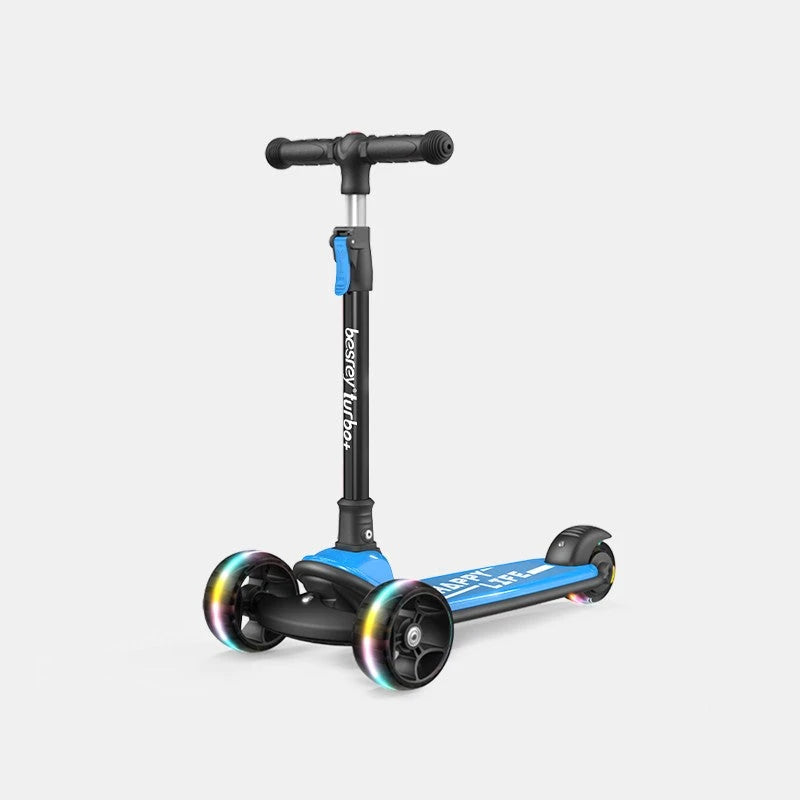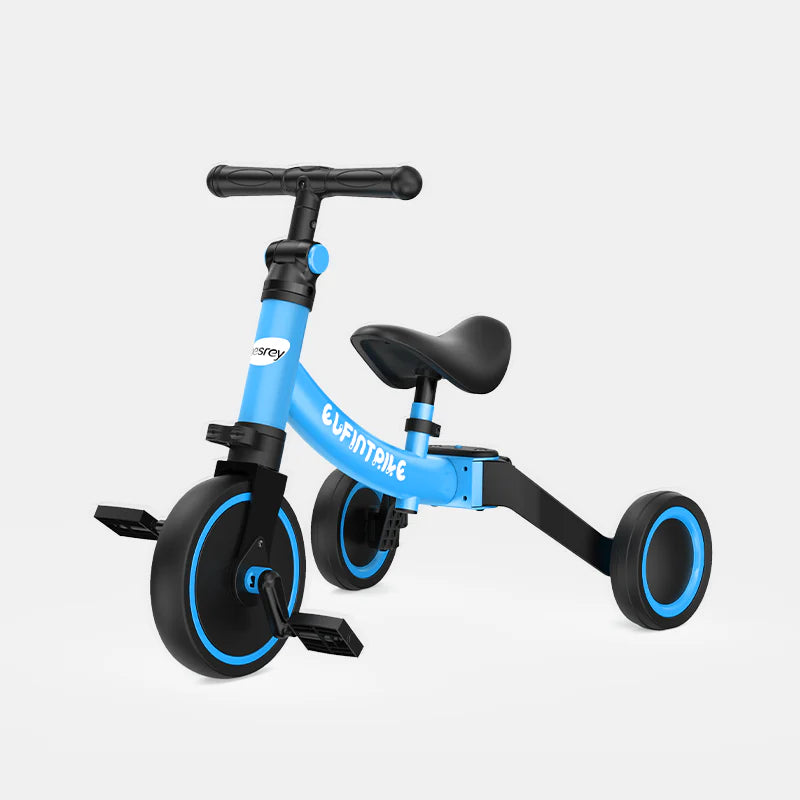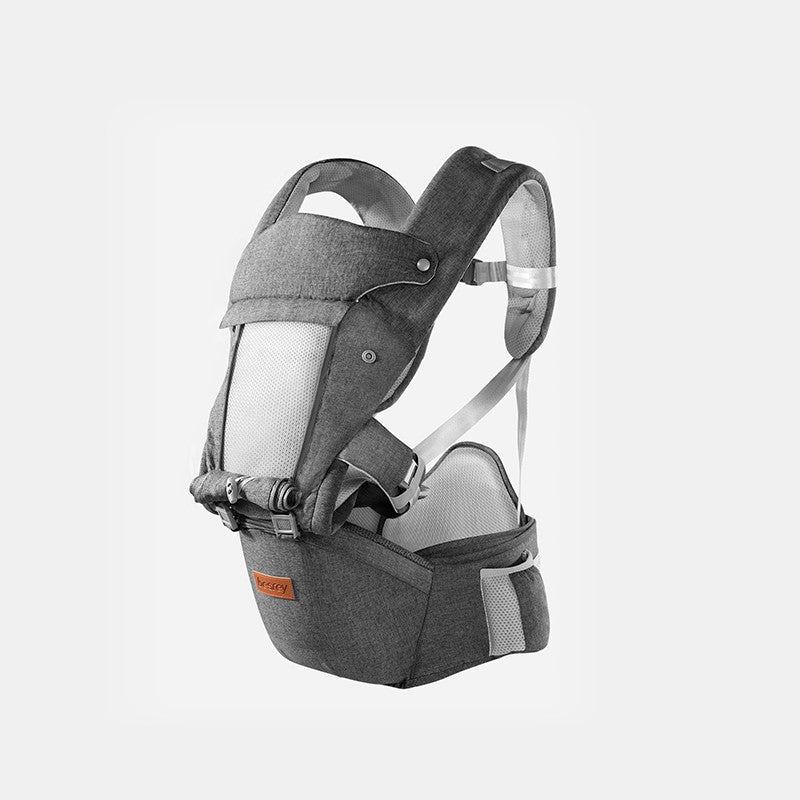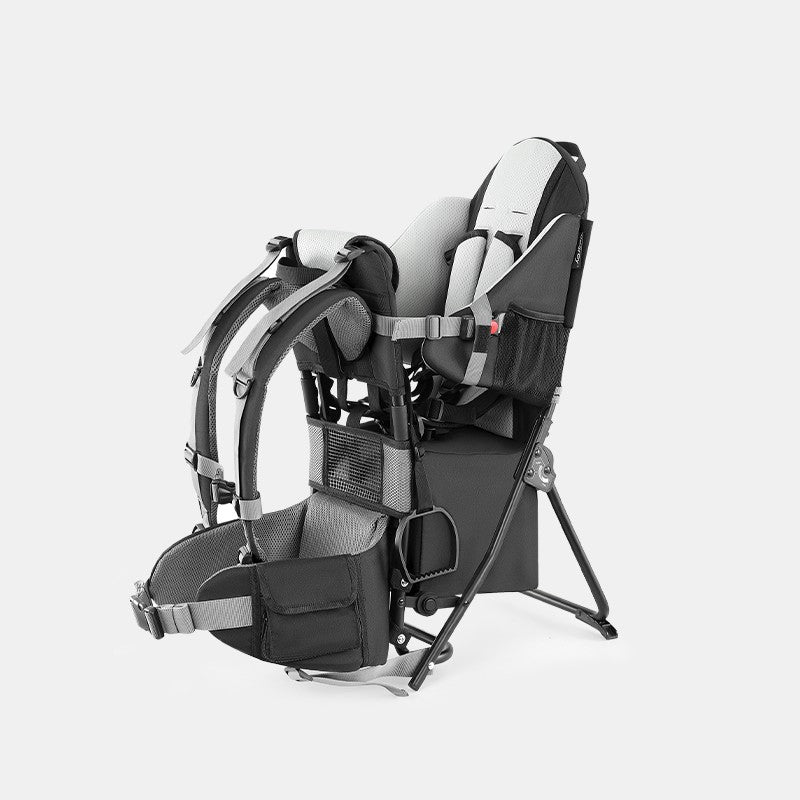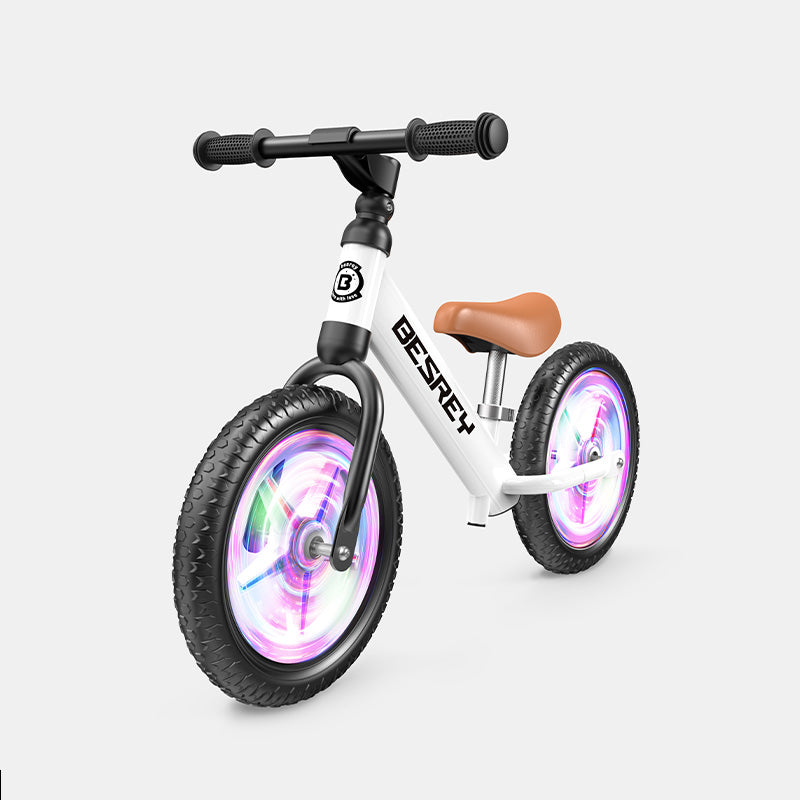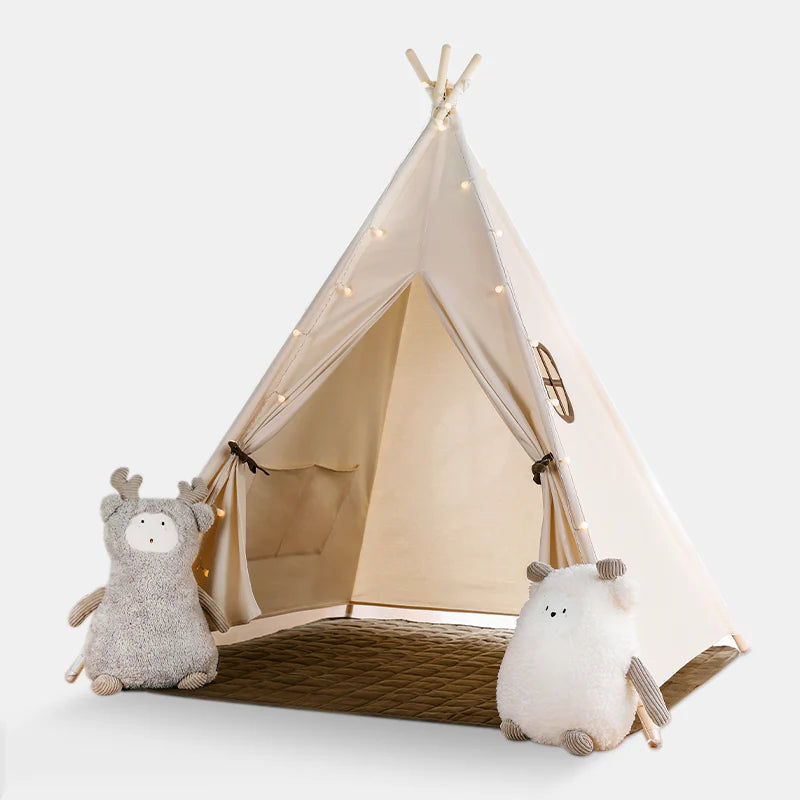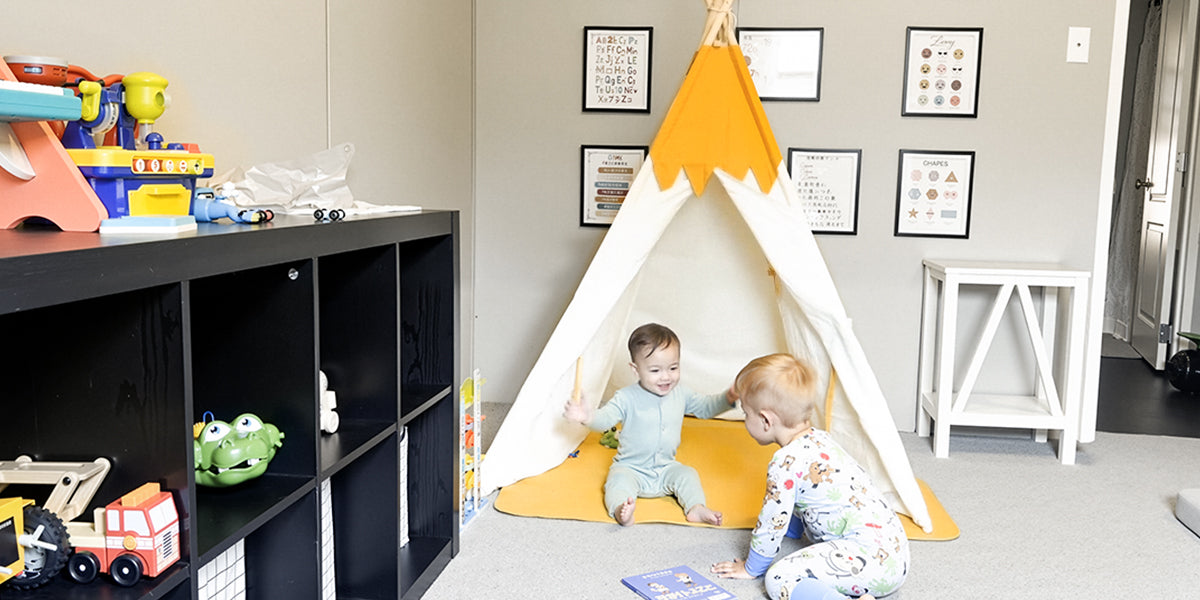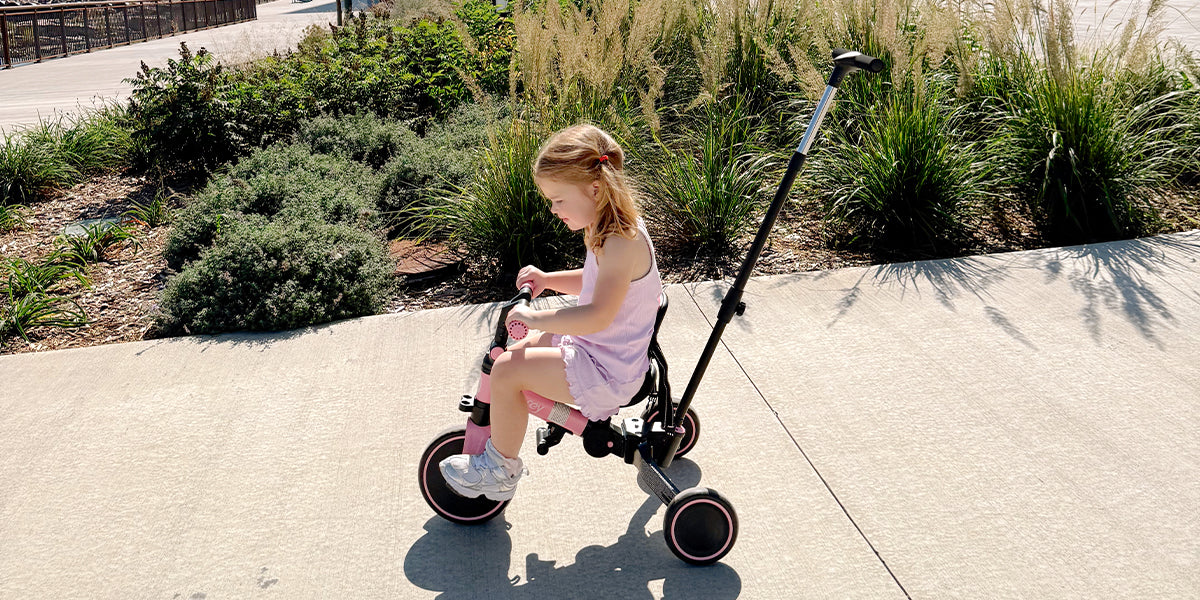Besrey - Oct 24 2025
When Should We Transition from Carrier-Only Outings to Hand-in-Hand Walks?

The journey from babywearing to walking beside your child is one of the sweetest transitions in early parenthood. Those first hand-in-hand steps mark not only growing independence but also a new way for parents and toddlers to explore the world together. Still, many caregivers wonder: when is the right time to make the switch from a carrier to short walks?
Here’s what developmental experts and health organizations suggest when deciding to transition from carrier-only outings to gentle, guided walks.
Signs Your Toddler Is Ready
Standing & Short Walks
If your toddler can stand steadily, take short steps, and show curiosity about walking beside you, these are strong signs of readiness. Start with brief, supervised walks while keeping the carrier nearby, most toddlers still enjoy returning to that comfort when they get tired. With each outing, their stamina and confidence will gradually grow.
Hip-Healthy Carry
During the earlier months, maintaining a hip-healthy position is essential. The inward-facing “M-position,” where your baby’s knees sit higher than their bottom, supports proper hip development according to the International Hip Dysplasia Institute (IHDI).
Choosing a hip-healthy baby carrier like the Besrey Baby Carriers ensures ergonomic support for both baby and parent, making the transition from close cuddles to independent walks smooth and safe.
Two-Week Transition Plan
A gradual approach helps build confidence for both you and your child. Here’s a simple two-week plan to ease into the change:
Week 1:
Begin with short walks indoors or in familiar areas. Alternate between letting your toddler walk and carrying them when they need comfort or rest.
Week 2:
Gradually increase walking time. Encourage exploration, let your child touch leaves, observe colors, and hold your hand for reassurance. End every walk on a positive note with a relaxing carrier ride home.
How Long Should Walks Be?
According to the CDC’s Physical Activity Guidelines, toddlers benefit from being active throughout the day in short, frequent bursts. Rather than long walks, aim for several 5–10 minute sessions of gentle exploration each day.
Follow your child’s cues if they become tired, fussy, or reach for the carrier, it’s time to take a break. As their balance and endurance improve, these walks will naturally become longer and more confident.
Conclusion
Transitioning from carrier-only outings to hand-in-hand walks is more than a milestone, it’s a beautiful expression of growth, trust, and connection. By recognizing readiness signs, supporting hip health early on, and introducing walks gradually, you’re helping your child gain independence one step at a time.
Whether you prefer a baby sling or a foldable, hip-healthy baby carrier like Besrey’s, every stroll, carried or walking is part of your shared adventure in discovery.

